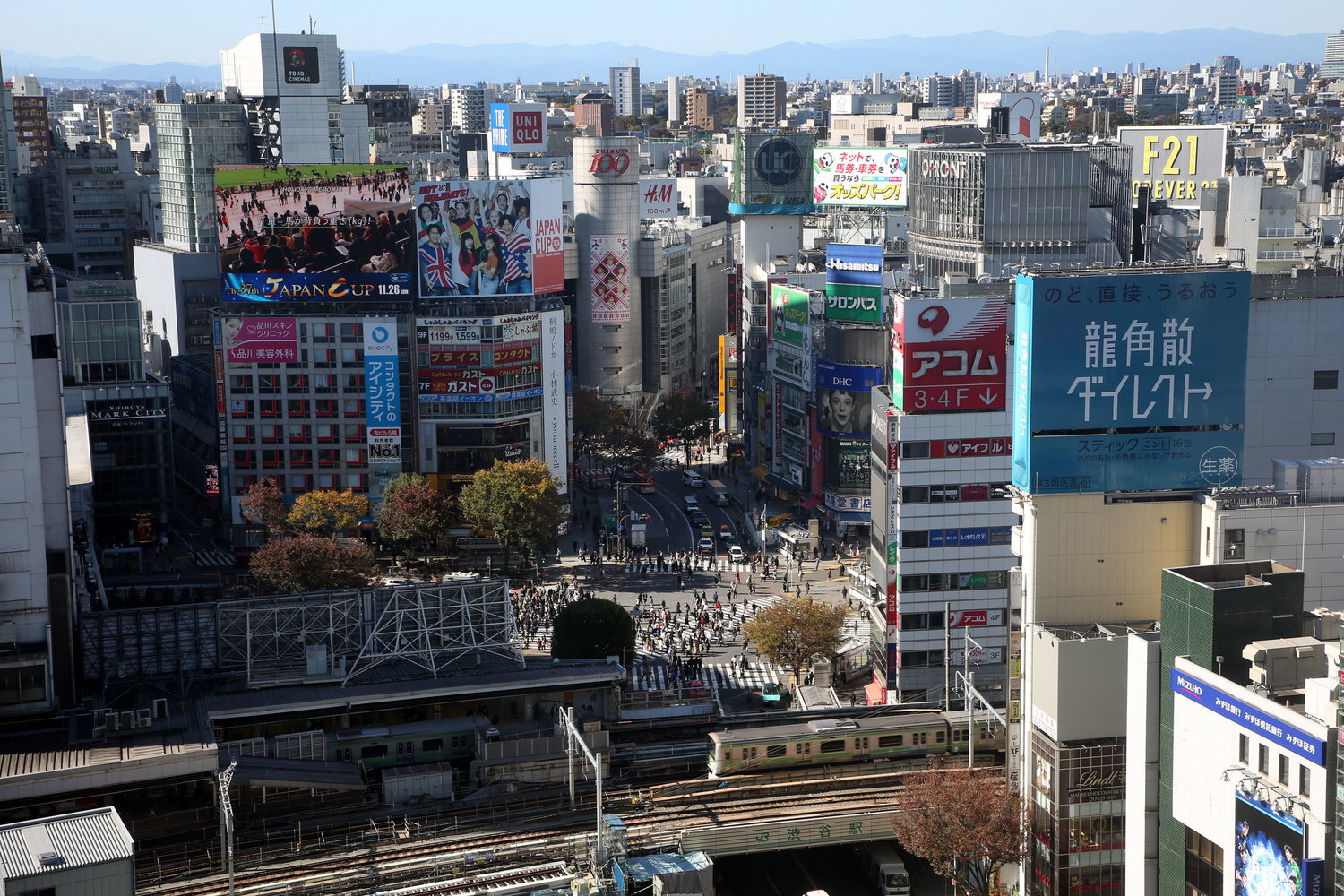In attempts to nurture the culture of Tokyo’s public transportation system, international designers from around the world headed to Tokyo, Japan to work on developing its iconic public transportation system – Yamanote Line. Yamanote line is one of the most important lines in Tokyo connecting urban cities and people together and it is the best way to get around Tokyo to discover its major spots. The circular line includes 29 stations including major stations. Designers from Egypt, United States, Argentina, Indonesia, Australia, United Kingdom, Japan and Singapore have taken part in TOKYO SEEDS project where they reimagine the circle line of Tokyo. Over the span of their trip, designers have explored the city through various means of transportation; they have traveled by train, bicycle and planned walking visits to explore the nature of all neighborhood surrounding Yamanote Line. Stretching far beyond its function as a transportation system, TOKYO SEEDS project designers presented proposals reimaging the power of design in the way it can contribute to connecting communities together. Egyptian Streets spoke to Akinori Hattori, from East Japan Railway Company (JR East) Yamanote Line Project, to walk us through more details. How did the international experiences of…
Egyptian Designer Reimagines Tokyo’s Public Transportation System Yamanote Line
February 7, 2018



